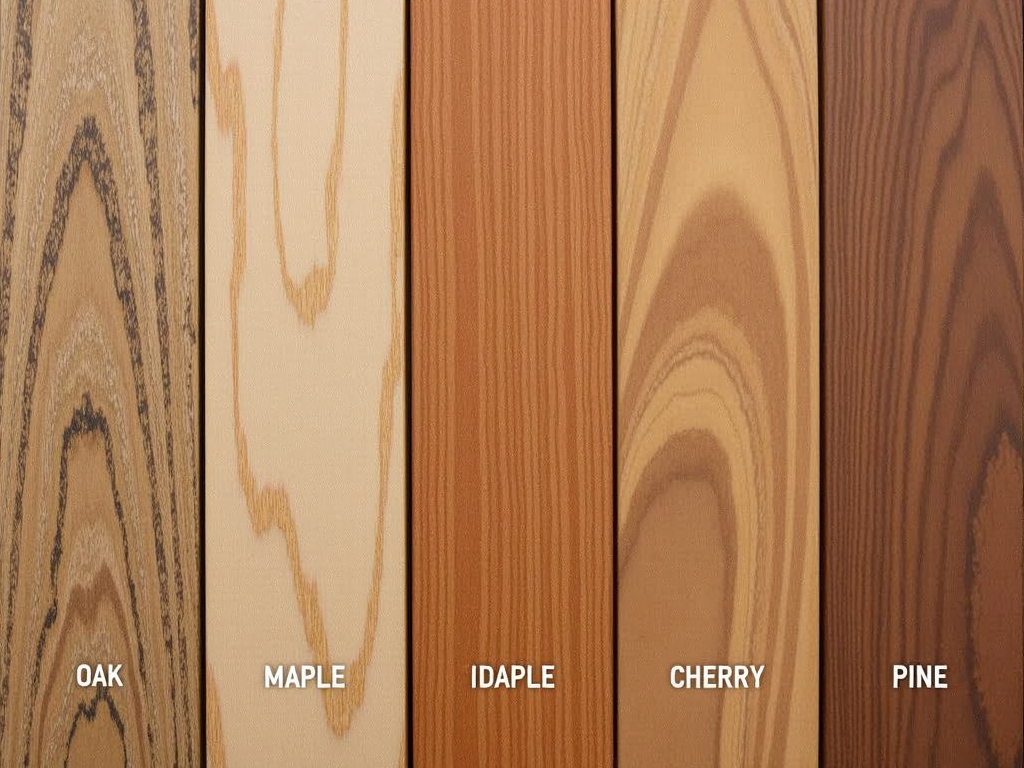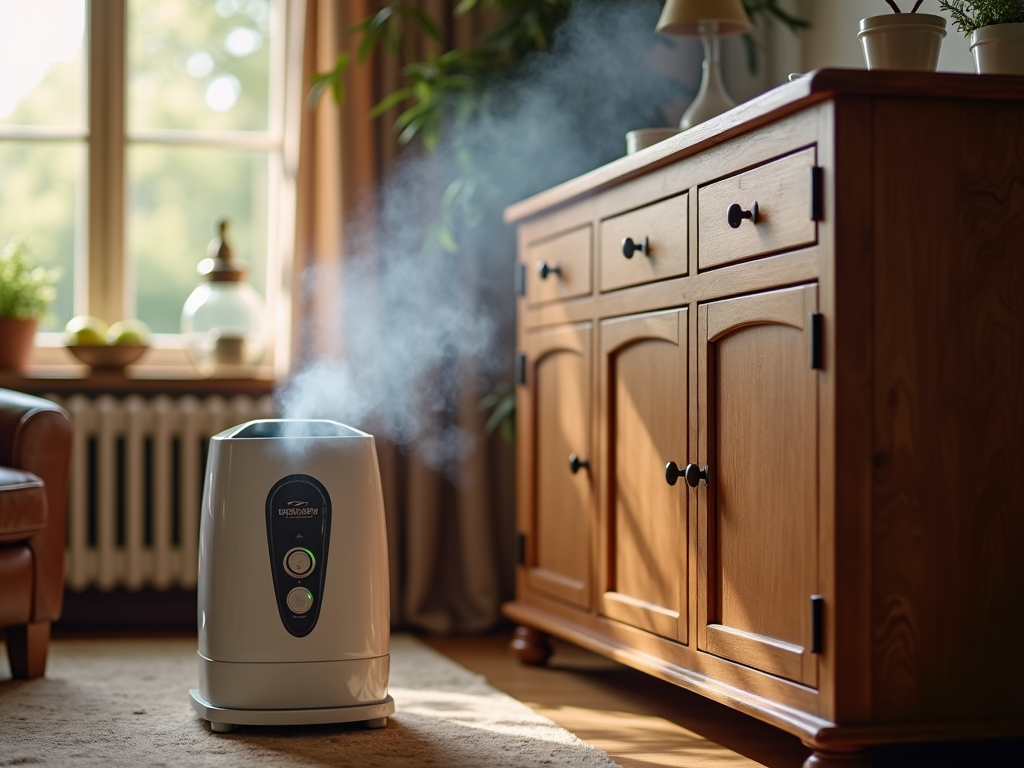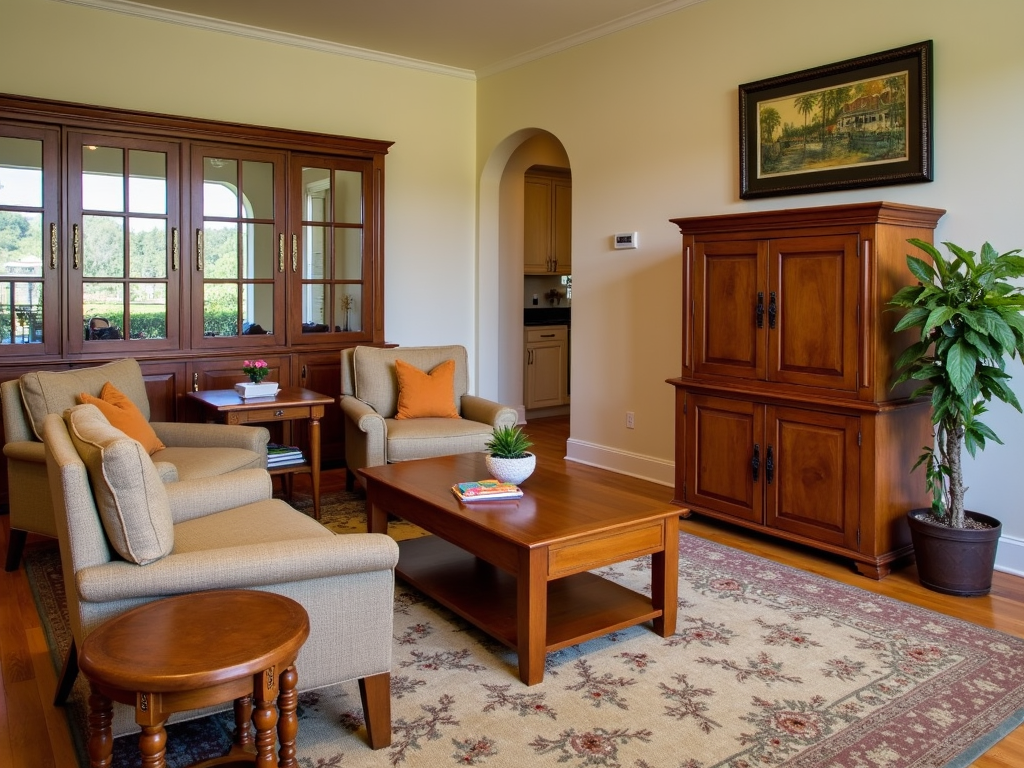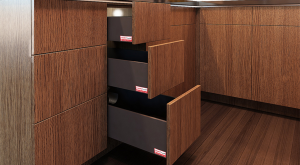Featured Post
Care Tips for Wooden Furniture: Protecting Your Investment
Introduction
Wooden furniture is a timeless investment that adds warmth and elegance to any home. However, to ensure it remains beautiful and functional for years, proper care is essential. In this article, we'll explore comprehensive care tips for wooden furniture, helping you protect your investment and enjoy its beauty for generations.

Understanding Wooden Furniture
Different types of wood have unique characteristics that affect how they should be cared for. Hardwoods like oak, maple, and cherry are durable but can be prone to scratches. Softwoods like pine are more susceptible to dents. Understanding your furniture's wood type is the first step in proper care.
- Oak: Known for its strength and resistance to wear, oak furniture requires regular dusting and occasional polishing to maintain its luster.
- Maple: This hardwood is less porous, making it resistant to moisture but still vulnerable to scratches.
- Cherry: Cherry wood darkens with age, so it's important to protect it from direct sunlight to maintain its color.
- Pine: A softer wood, pine is more prone to dents and scratches, requiring gentle handling and regular maintenance.

Daily Care Tips
Regular cleaning is crucial for maintaining wooden furniture. Here’s how to do it right:
- Dusting: Use a soft, lint-free cloth to dust the surface weekly. This prevents dust buildup, which can scratch the wood.
- Cleaning: For deeper cleaning, mix mild soap with water and gently wipe the furniture. Avoid soaking the wood; instead, use a damp cloth and dry immediately with a clean cloth.
- Avoid Harsh Chemicals: Never use abrasive cleaners, ammonia-based products, or silicone-based polishes, as they can damage the finish.
- Polishing: Apply a high-quality furniture polish every few months to enhance the wood’s natural shine and provide a protective layer.

Protecting from Damage
Wooden furniture can be vulnerable to scratches, water rings, and sunlight damage. Here are some tips to prevent common issues:
- Use Coasters and Placemats: Always place coasters under beverages and placemats under hot dishes to prevent water rings and heat damage.
- Avoid Direct Sunlight: Prolonged exposure to sunlight can fade and dry out wood. Use curtains or blinds to protect your furniture.
- Handle with Care: When moving furniture, lift it instead of dragging to avoid scratches on the floor and the furniture itself.
- Repair Scratches Promptly: For minor scratches, use touch-up pens or wax sticks that match the wood’s color. For deeper scratches, consult a professional.

Seasonal Maintenance
Changes in humidity can cause wood to expand or contract, leading to warping or cracking. Here’s how to care for your furniture throughout the year:
- Winter Care: Use a humidifier to maintain indoor humidity levels between 40-45%. This prevents the wood from drying out and cracking.
- Summer Care: In humid seasons, use a dehumidifier to prevent the wood from absorbing too much moisture, which can cause swelling.
- Seasonal Polishing: Apply a high-quality furniture polish or wax at the start of each season to protect the finish and keep the wood looking its best.

Special Care for Specific Pieces
Different furniture pieces may require unique care. Here are some tips for common items:
- Beds: Ensure the mattress is properly supported to prevent sagging. Regularly check and tighten any loose screws or joints.
- Tables: Use tablecloths or runners to protect the surface from spills and scratches. Avoid placing hot items directly on the wood.
- Chairs: Check for loose joints or screws regularly and tighten them as needed. Use felt pads on the legs to prevent floor scratches.

Conclusion
Caring for wooden furniture is an investment in its longevity and beauty. By following these tips, you can protect your furniture from damage, maintain its appearance, and enjoy it for years to come. Remember, a little care goes a long way in preserving the timeless elegance of wooden furniture.










